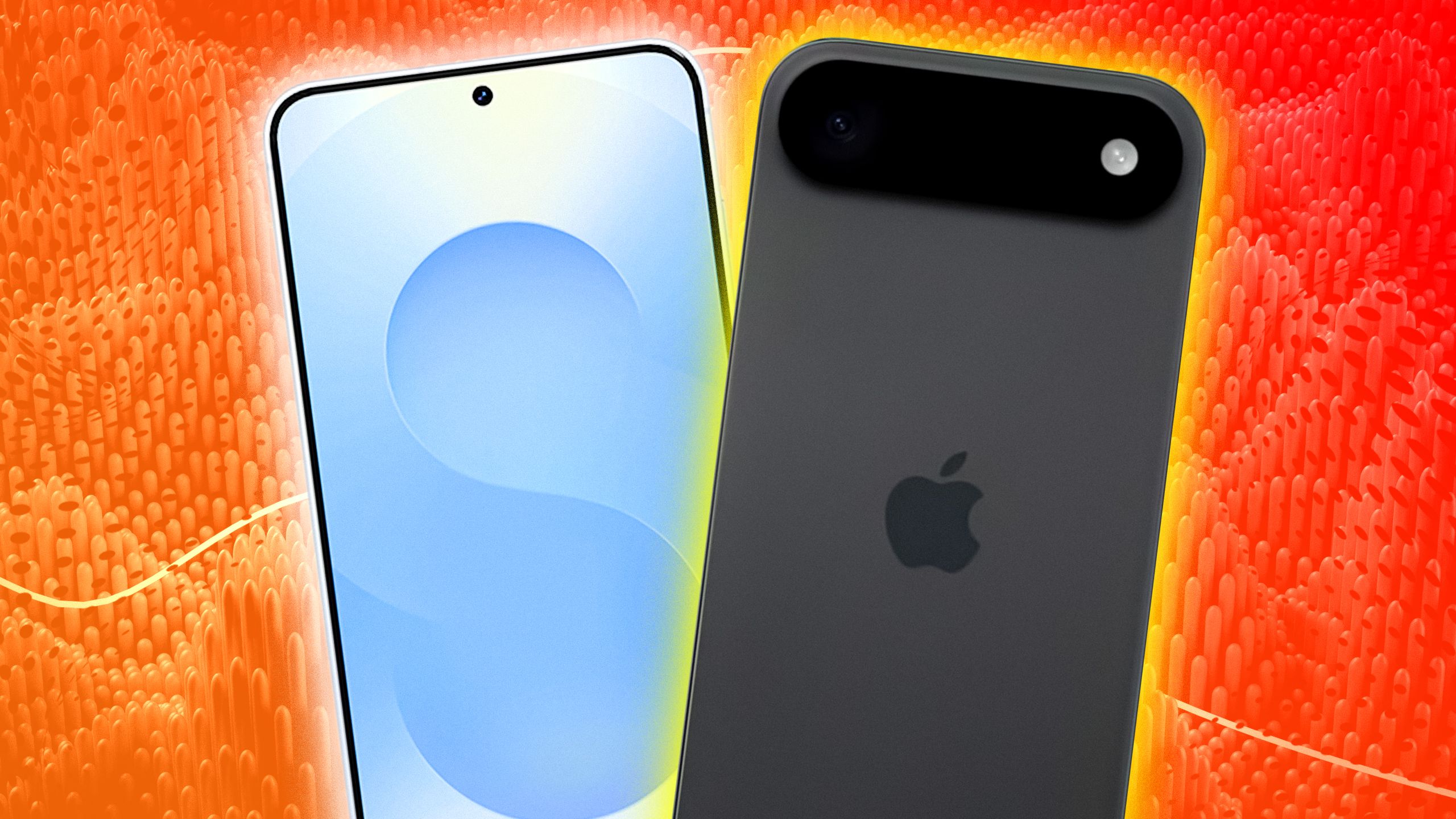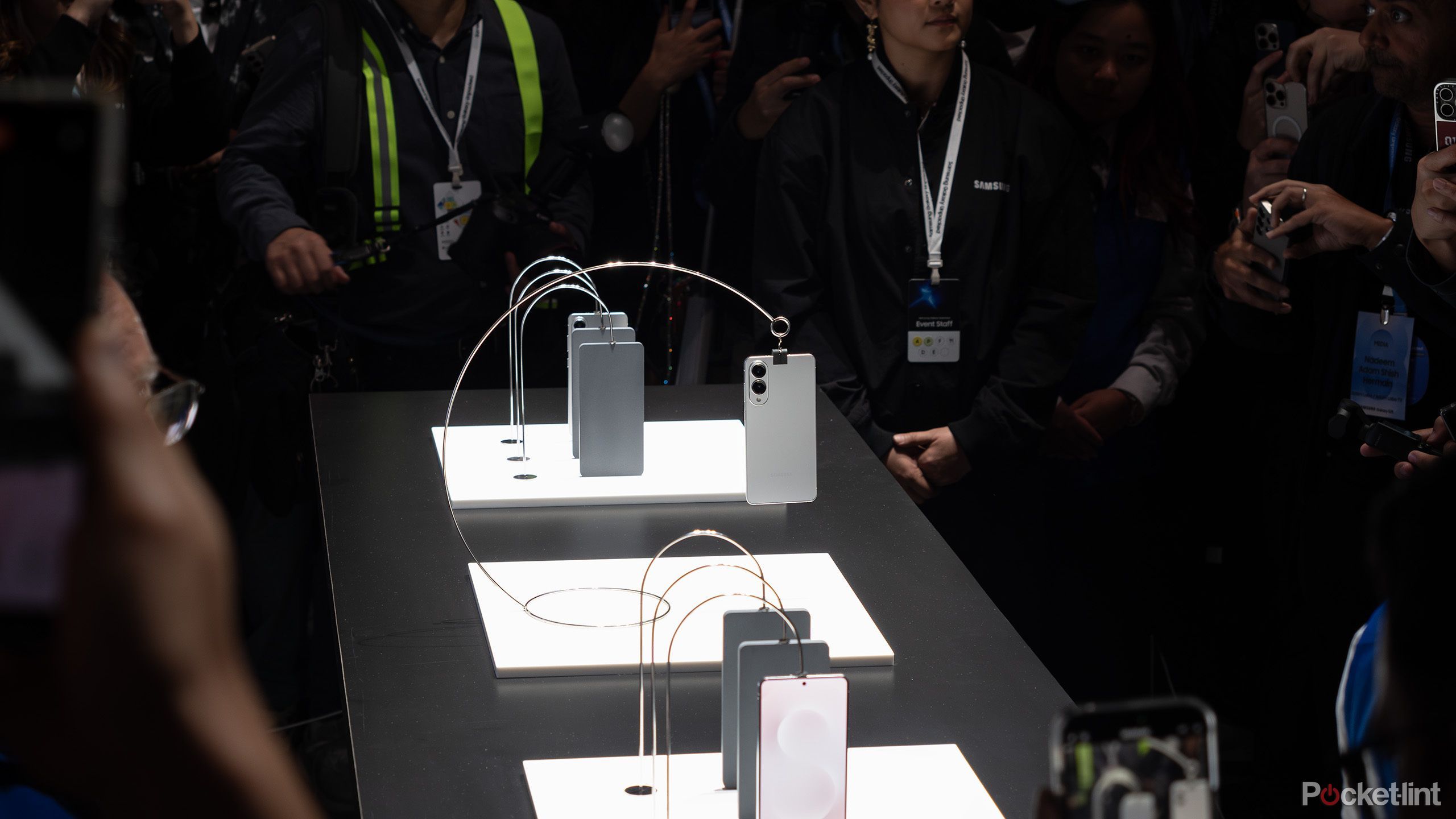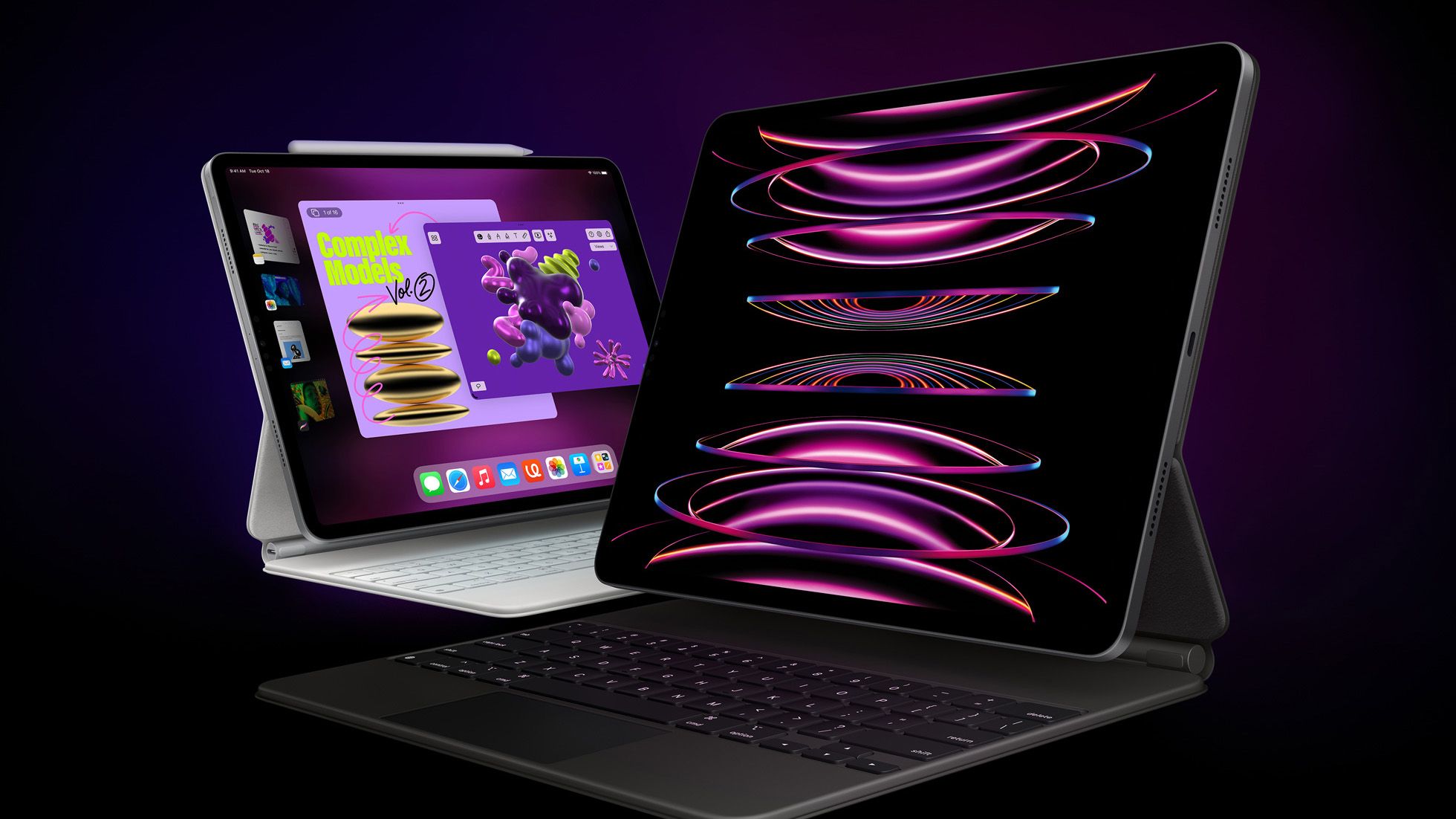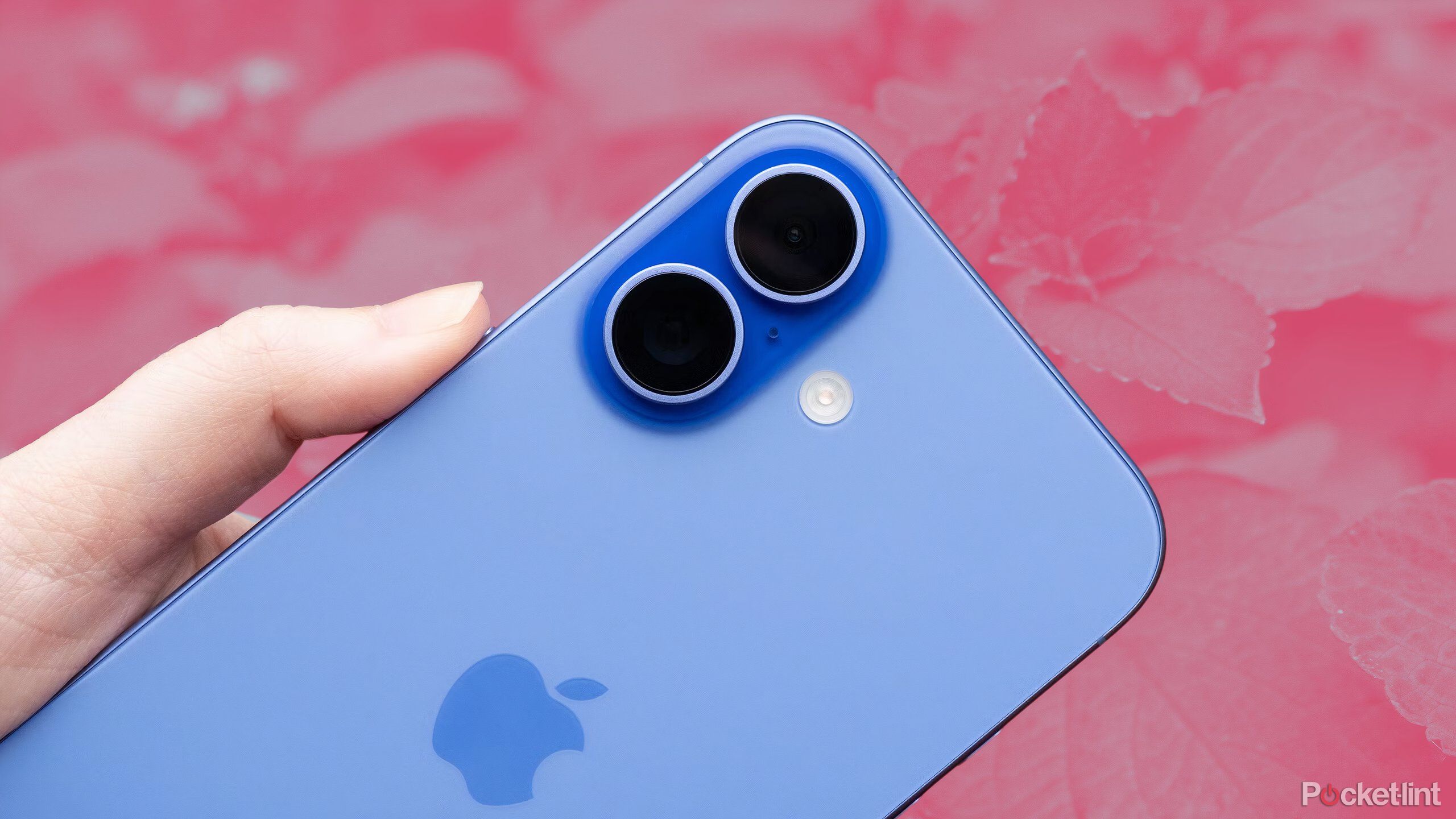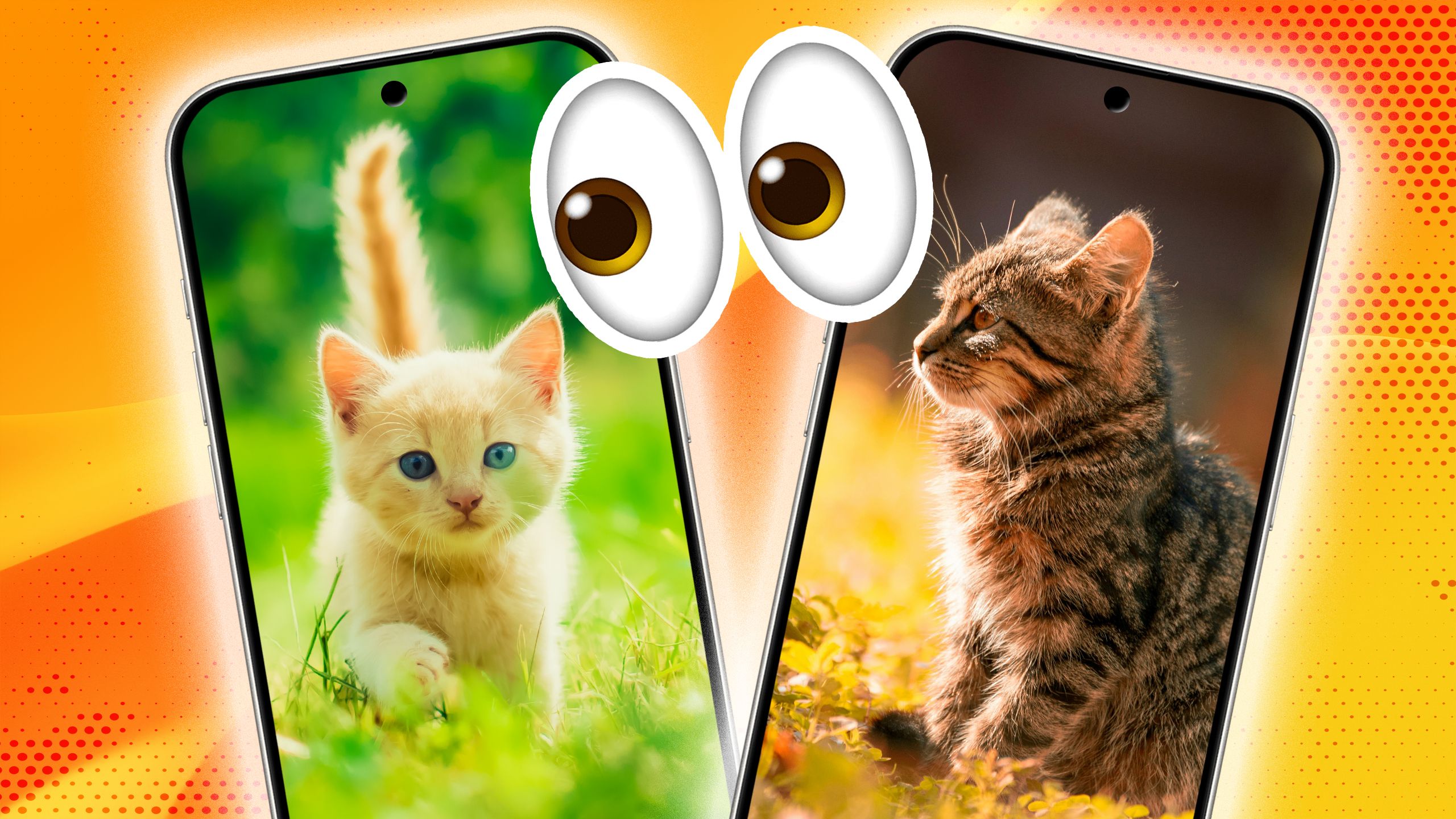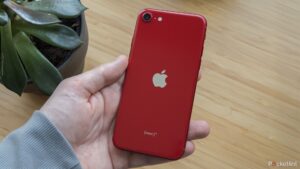Summary
- Slim smartphones are in, exemplified by Samsung’s Galaxy S25 Edge and Apple’s rumored iPhone 17 Air.
- There’s a risk they’re trading durability for sex appeal, however, given those companies’ track records.
- Thinness is side-stepping more meaningful upgrades, like two-day battery life.
If “slim” isn’t already a buzzword for smartphones, it’s about to be.
One of the big reveals at Samsung’s latest Unpacked event was the Galaxy S25 Edge, an even thinner version of its new S25 flagship phones. We don’t know much about it yet, but it’s obviously inspired by long-standing rumors about the upcoming iPhone 17getting an “Air” or “Slim” version. Samsung is infamous — or just famous, depending on your perspective — for imitating Apple in order to stay relevant.
Both companies will probably sell a lot of units, inspiring copycats in the rest of the industry. I feel, however, that they’re ultimately making a mistake as far as us consumers are concerned. If things are executed badly, they could even repeat some past errors.
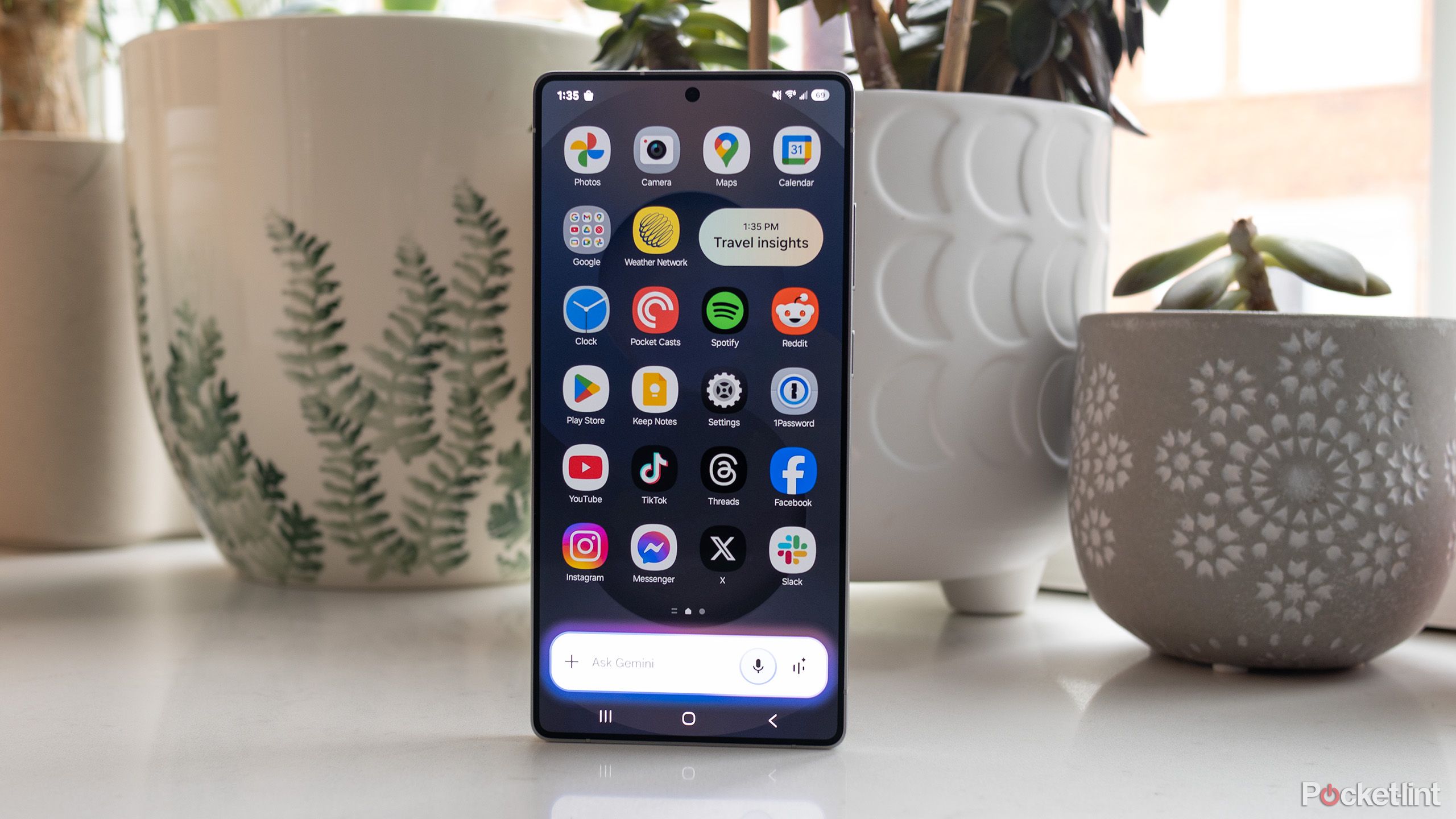
Related
Is hybrid AI the smartphone wave of the future? Samsung and Apple think so
Maybe a one-size-fits-all approach isn’t the best for voice assistants.
Coming in too hot?
Not every breakthrough needs a rapid turnaround
We don’t know what sort of battery technology the new slims are using, but there’s a strong chance it’s silicon. The tech makes thinner designs possible by increasing energy density, and it’s already in some phones by Chinese brands like Honor, OnePlus, and Xiaomi. The first-ever silicon battery phone (for the public) was 2023’s Honor Magic 5 Pro.
In a sense, we’re overdue for silicon batteries to reach Western phones and become mainstream everywhere. You can’t get any Honor or Xiaomi products in North American stores. But it’s worth noting that even inside China, the rollout only began to pick up speed in 2024 (it’s still very new technology).
The iPhone 6 and 6 Plus were too easy to bend — specifically because Apple obsessed over thinness.
That wouldn’t matter so much except that Apple and Samsung share a mixed track record regarding new form factors. The first Galaxy Fold was an overly fragile disaster, for example, and the iPhone 6 and 6 Plus were too easy to bend — specifically because Apple obsessed over thinness to the point of ignoring structural stability. Subsequent iPhones got thicker, but it’s not clear that Apple learned its lesson, given that some later iPad Pro tablets suffered similar trouble. It’s a miracle the 2024 iPad Pros are as solid as they are.
Frankly, I don’t trust Apple or Samsung to ship first-generation silicon battery phones without giving durability the priority it deserves, not if they’re coming in this hot. I’d like to be proven wrong, but it’s clear that the companies are often focused on marketability over practical concerns.
Who really wants a super-slim phone?
A solution in search of a problem
As long as durability is factored in, pursuing ultra-thin phones in the long run makes sense. The S25 Edge’s design is admittedly sleek, and it’s bound to be easier to slip in and out of your pocket. Yet it also looks to have a screen well over 6-inches — pocketability won’t improve that much. Indeed, because of how tall and wide modern phones are, I think most people have resigned themselves to either having a tight fit or stashing their phone somewhere else, like a purse or other bag. Even foldables can sometimes be tricky.
Going thinner creates an illusion of meaningful advancement.
Thinness is not only a minor improvement, but possibly a way of side-stepping the upgrades people actually want. Most smartphones are still stuck with single-day battery life, for instance. I and many other people would much rather own a thick phone that can last through an extended power outage, or handle a complete movie without being immediately plugged in afterward. Similarly, few phones are truly rugged without a third-party case, and most phone cameras can’t zoom in that far without producing a blurry, pixelated mess.
Makers avoid these upgrades because they’d either eat into profits or force price hikes. There are costs involved in developing super-slim phones, certainly — but that’s offset (to a degree) by reducing the amount of material needed for manufacturing and packaging. Going thinner creates an illusion of meaningful advancement while keeping margins in check. It’s a business move, rather than something driven by listening to what customers say.
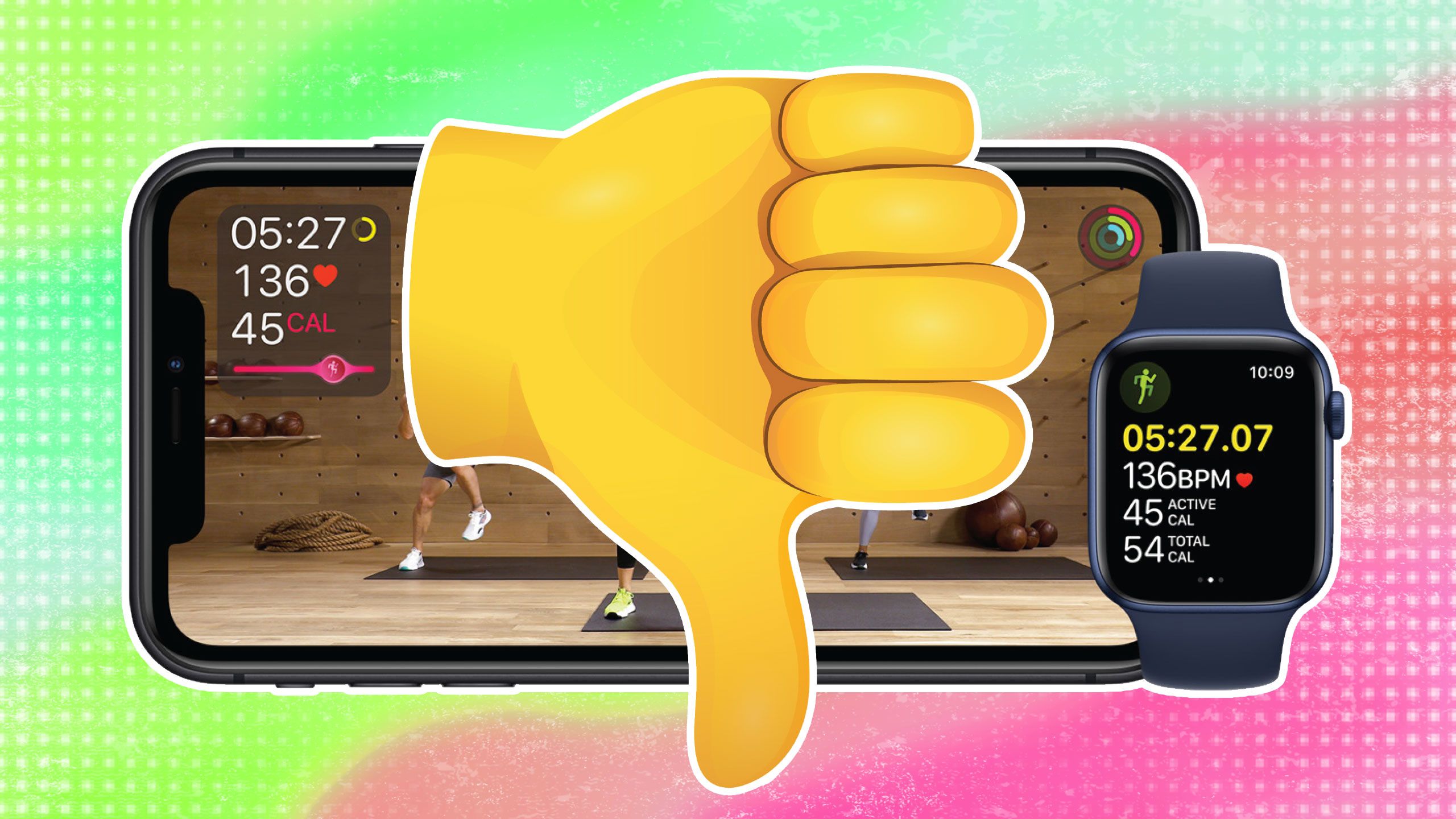
Related
Not sweating it: 4 ways Apple Fitness+ misses the mark
I want to like it, but Apple seems to be catering to a very different demographic.
Here’s the next generation, like it or not
A plea for phone makers to listen
There’s no going back, at least not for a few years. Smartphone designs tend to be locked in many months before launch, and makers rarely reverse course unless a product is an unmitigated failure. That’s especially true when something seems like a new and exciting trend — despite the Galaxy Fold, Samsung and other companies have actually accelerated work on foldables. Apple is rumored to be working on a foldable iPhone for 2026, for example.
I hope that the S25 Edge and iPhone 17 Air prove me wrong.
I hope that the S25 Edge and iPhone 17 Air (or whatever it’s called) prove me wrong. Slicker designs without serious compromises could push the industry forward, if only just a little. But it’s a risky proposition and signals that companies don’t care much about practical features.
I’ll only get excited for an iPhone Air when I can take it on a cross-country trip without worrying about charging — at least, until I can get to the hotel. That’s a problem I’ve had for years, unlike fretting about how svelte my devices are.

